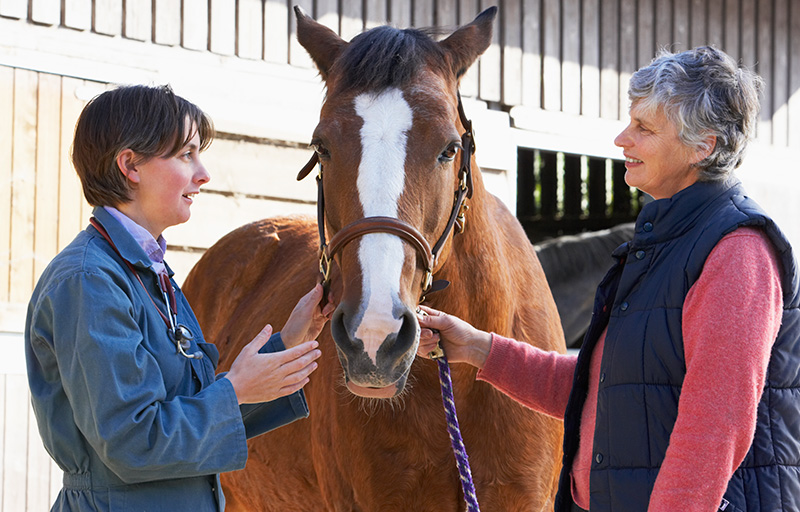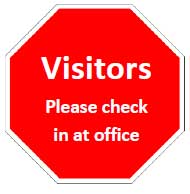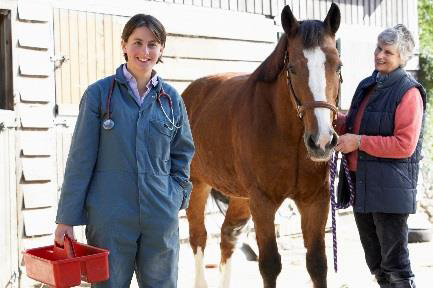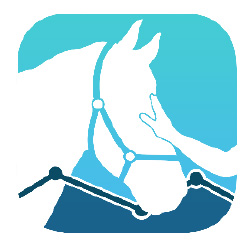

Signage is a good start for making farm visitors aware of biosecurity protocol but a point person and educated staff, owners, clients and service providers are all part of the equation to help reduce the risk of introducing or spreading disease on your property.
Ensuring everyone understands their respective biosecurity roles begins with having Standard Operating Procedures (SOPs) in place.

Work with your veterinarian when reviewing your Standard Operating Procedures (SOP) and when developing new ones to target relevant risks. The designated person can then ensure all staff are trained annually and whenever there is a change in process. Maintaining a record of staff training helps to ensure the necessary protocols and risks are addressed. A copy of the farm or facility’s biosecurity protocol should be kept accessible to all potential users. A contact list should be kept of owners, custodians, clients, and service providers including facility workers, veterinarians and so on, in order to distribute and communicate biosecurity information.

Regularly monitor horse health. Train all staff and volunteers to understand and conduct a Horse Health Check Assessment and record the results in the log book along with any concerns and follow-up. Recognizing the signs of illness early and taking immediate action is a crucial step in reducing the risk of spreading disease. Equine Guelph’s Horse Health Tracker App is a very useful guide for this assessment. Protocols for managing the sick horse and other horses are important to have in place. Ensure that everyone understands the protocols. Horse owners, custodians, and farm and facility mangers must discuss these issues to ensure horse health and welfare is maintained.
This fact sheet was assembled with information from the National Farm and Facility Level Biosecurity Standard for the Equine Sector. The committee for the standard was comprised of equine owners, subject matter experts, federal and provincial government officials, representatives from regional and sector - specific equine industry organizations, the public sector and academics; including representatives from Equine Guelph.
To learn more about equine biosecurity and to access tools such as Equine Guelph’s Biosecurity Risk Calculator, visit our biosecurity page.
This article originally appeared on Equine Guelph and is published here with permission.
You can DOWNLOAD this article as a PDF for future reference.
There are more interesting and informative articles in our section on Health & Education.

































